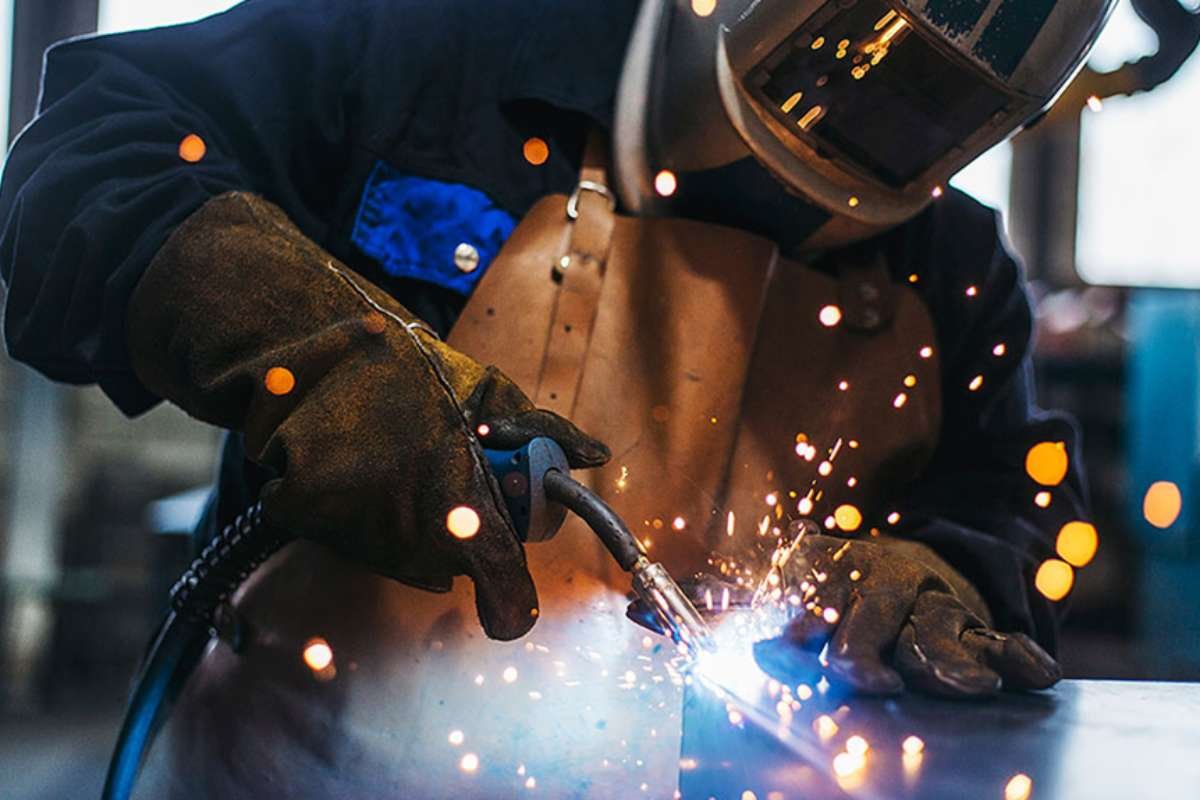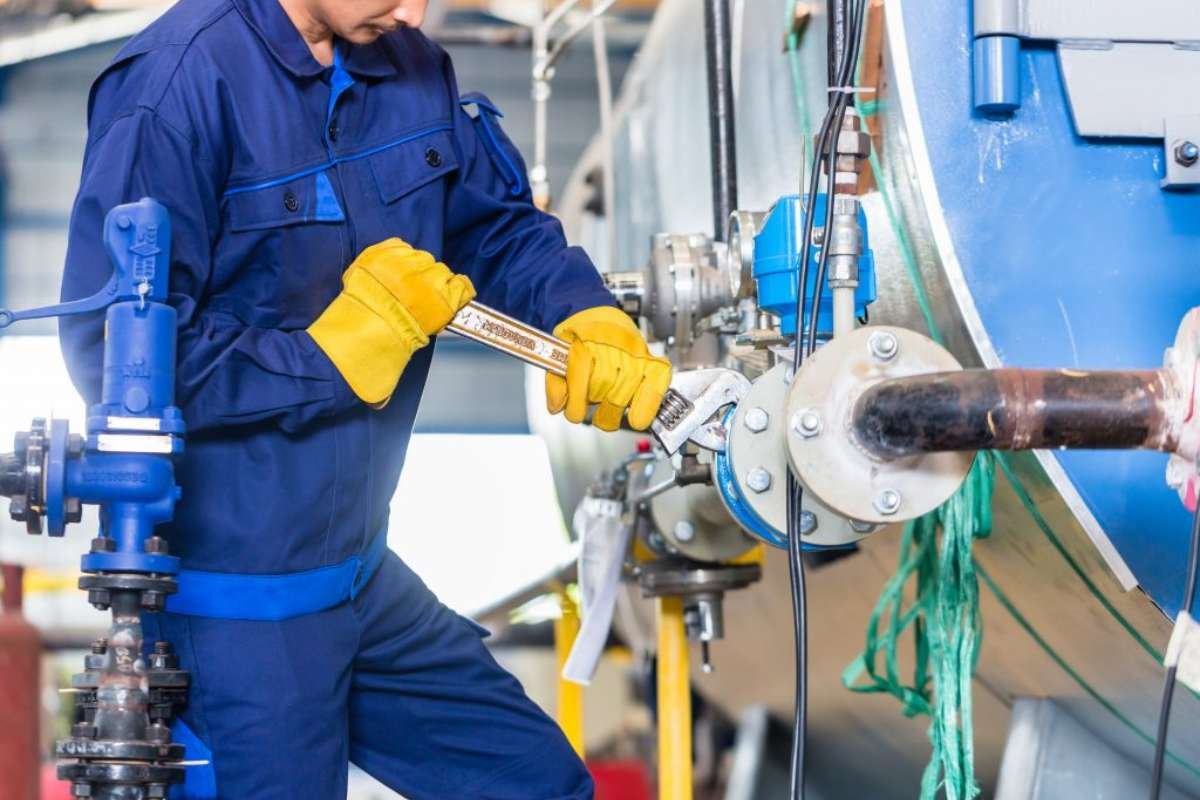In the search for greater efficiency and accuracy, many manufacturers are turning to automated packaging. By replacing or supporting manual labor with machines and software, packaging lines can operate faster, with fewer errors and more consistent results. From simple conveyor systems to fully integrated packaging lines, automation is becoming a standard in production environments of all sizes.
What automated packaging includes?
Automated packaging covers a broad range of processes. Machines can be programmed to fill containers, seal packages, apply labels, and even group products into cartons or pallets. These systems can be customized for different materials, shapes, and product types. In many cases, multiple machines are connected to form a continuous line that packages items from start to finish without the need for human handling.
Boosting production speed

One of the most immediate benefits of automation is increased speed. Machines can perform repetitive tasks at a pace that is difficult to match manually. For companies that produce high volumes of goods, this speed can make a major difference in meeting deadlines and managing supply chain demands. Faster packaging also frees up time for other critical operations in the production cycle.
Consistency and product quality
Consistency is a major advantage of automated systems. Manual packaging can lead to variations in sealing, labeling, or product placement—issues that may affect the overall quality of the product. Automated systems, however, follow the same instructions every time, minimizing deviation and maintaining uniform quality. This is especially important for industries that need to meet strict packaging standards.
Adaptability for different products

Today’s automated packaging systems are built for flexibility. With just a few adjustments, machines can be reconfigured to handle different product sizes or formats. This adaptability is particularly valuable for companies with diverse product lines or seasonal changes in demand. Quick changeovers help reduce downtime and improve overall line efficiency.
Labor and operational considerations
While automation reduces the need for manual labor in repetitive packaging tasks, it doesn’t eliminate the need for skilled workers. Technicians and operators are needed to monitor machines, perform maintenance, and manage production data. For many businesses, automation is not about replacing people, but about reallocating them to more strategic or creative roles.
Reducing errors and material waste

Errors in packaging, such as incorrect labeling or misaligned seals, can be costly. Automated systems from sparcktechnologies.com reduce the risks through precision and real-time monitoring. They can also help minimize waste by using the exact amount of material required for each package. Over time, this leads to more sustainable operations and lower material costs.






